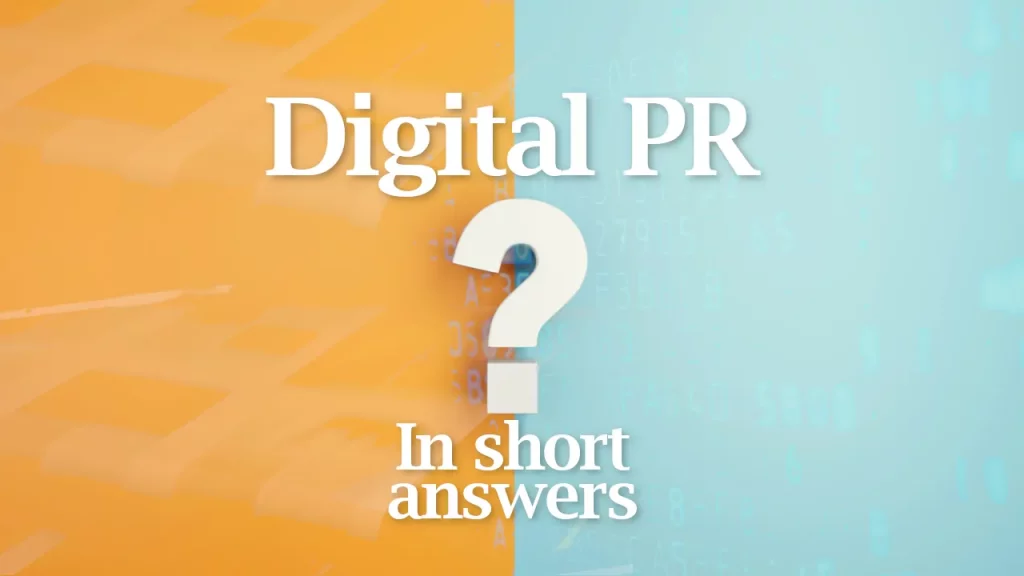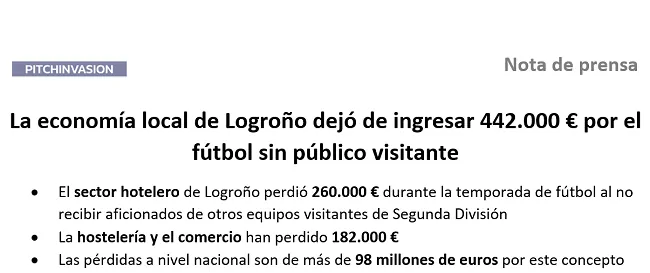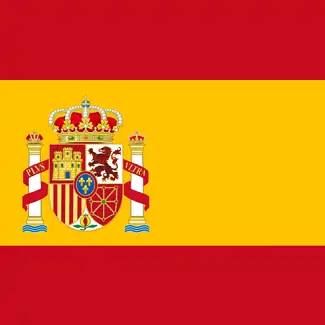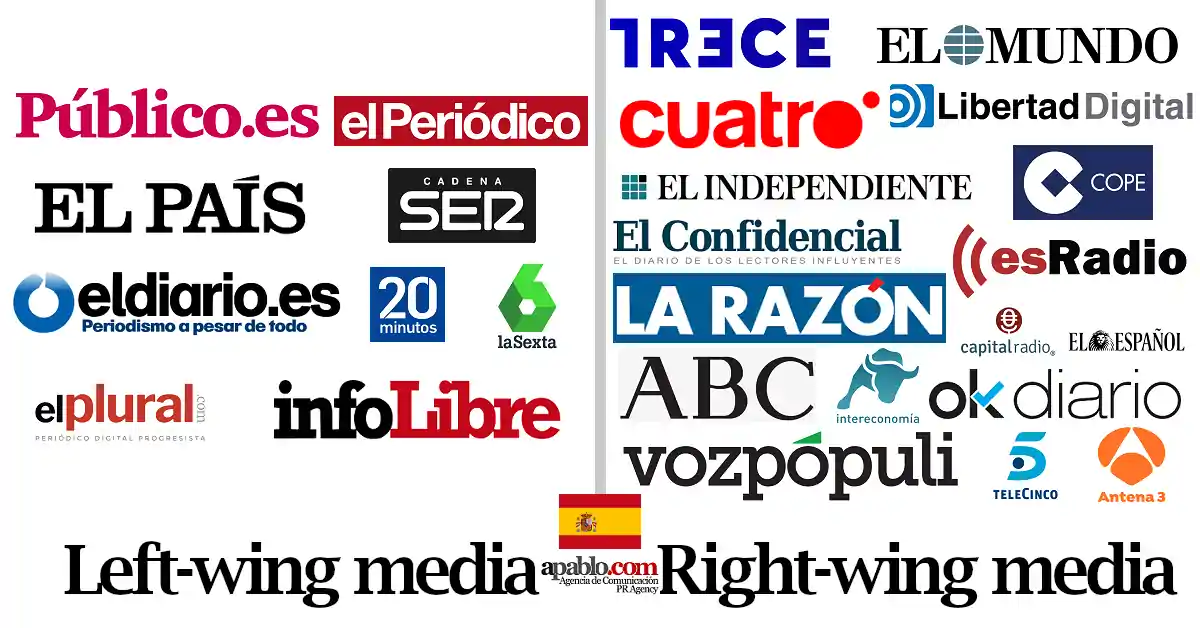Digital PR is a way of conducting public relations by leveraging the features of the internet.
In this article, I will provide very specific answers to the most common questions about this topic.
I will also show you a successful case study.
If you have a question that doesn’t appear in this article, leave it in the comments, and I will add it 😊

Do you need help with Digital PR?
Send an email:
hola@apablo.com
Table of Contents
- What is Digital PR?
- What’s it for?
- Case Studies
- What’s the difference between PR and traditional public relations?
- How to do it?
- What kind of content is suitable for Digital PR?
- When does it work?
- When does it NOT work?
- Who does it?
- Does it serve for link building?
- Can I link the press release to the homepage instead of an article?
- How does PR differ from digital marketing?
- Is it advertising?
- Conclusion
What is Digital PR?
Digital PR is an adaptation of traditional public relations to digital channels.
Digital media has different characteristics from traditional media outlets. These characteristics can be leveraged to enhance an organization’s or brand’s presence on the internet.
You can learn more about how to conduct public relations in my press office.
What’s Digital PR for?
The purpose of Digital PR is to generate more traffic to a specific website, and it serves the same functions as traditional public relations.
By adapting traditional public relations to digital standards, both SEO and website traffic are improved.
Digital PR Case Studies
I’m going to share a successful case study of one of my clients. It was a website called PitchInvasion.
In this case, the content never even made it onto their website.
I conducted such a compelling study that journalists were practically grabbing it from my hands.
I calculated how much money tourism had lost due to the lack of visiting spectators in football during the years of COVID restrictions. Let me give you an example:

I shouldn’t really show this because it’s confidential, but the study got published everywhere!
Look, to make the estimation, I used sources from the National Institute of Statistics, other regional statistical institutes, and the websites of each of the teams.
This press release was sent to all national media outlets. We got a bunch of backlinks, including this one on Libertad Digital. A dofollow link with a Domain Authority of 91.
The next month, we got another one on RTVE. This one had a DA of 93.
But then, on top of that, I created a press release for each region and province with a team in LaLiga’s Primera and Segunda División.
They were like this, take a look:

Like this, with all the cities, up to 36 different press releases.
And I got some very interesting backlinks, like this one on COPE Logroño.
In total, the story got more than 40 press appearances and five significant backlinks, which in the following month grew to fourteen with another story.
I have many more examples, but I think this one gives you an idea.
That’s enough self-promotion for now 😊
What’s the difference between Digital PR and traditional public relations?
The main difference lies in the type of content.
Since the goal is to increase a website’s traffic, the entire strategy is centered around creating engaging content that encourages sharing a link.
How to do Digital PR?
Digital PR is always done with the goal of increasing a website’s traffic.
To achieve this, you need to publish interesting content on this webpage and handle it appropriately according to the channel:
On the website itself
The content has to be unique, appealing, and useful to the reader. The article needs to adhere to basic SEO standards (keywords, images, meta description, etc.)
You can find more information about how to do this in my SEO section.
On social media
The content published on the webpage should be shared on social media to get more clicks.
In the media
The press office or communication agency will prepare a press release that presents the topic of the article published on the website. This press release will include a link to this article.
You can also reach out to influencers.
You can develop a strategy through a communication plan.
What kind of content is suitable for Digital PR?
In a strategy of this kind, any content created by an organization specialized in that field fits in. This works for SEO and social media, but not for the press.
For the press, data-based content works better: an article with nationwide data is published on the website, and a press release is sent to media outlets in each province with information relevant to that territory.
This is also often done with interviews. An interview is published on the website, and a press release is sent to relevant media outlets. The press release highlights the most important (or controversial) statements from the interview and encourages readers to read the full interview via a link.
When does Digital PR work?
Digital PR works when it is done with the intention of providing valuable content to the end reader.
When does Digital PR NOT work?
It doesn’t work when done with a clearly commercial intention.
Who does Digital PR?
Digital PR is carried out by a PR agency specializing in press office, SEO, and social media.
Does Digital PR serve for link building?
Yes, it’s possible to obtain backlinks as long as the content is useful for the end reader.
Can I link the press release to the homepage instead of an article?
Yes, of course you can. However, a homepage isn’t useful for journalists or their readers.
The idea behind linking an article is precisely to allow journalists to encourage their readers to delve deeper into the story through a link to the source (which is that article on your website).
How does PR differ from digital marketing?
PR falls under one of the four main areas of marketing: ‘promotion’.
‘Promotion’ can be paid (advertising) or unpaid (traditional public relations).
Is Digital PR advertising?
Digital PR is not advertising; it involves gaining unpaid visibility in digital media.
If there is financial compensation, then we’re talking about advertising.
Conclusion
The theory behind conducting Digital PR is actually quite simple.
The challenge lies in finding stories that are genuinely interesting.
While it’s true that competition in the field is fierce, it’s also true that most people don’t do a good job.
I can personally assure you that 90% of the strategies I see are poorly planned.
Furthermore, the articles on this topic found on the internet often veer off into various directions.
They might discuss SEO, press releases, link building, or anything that comes to mind.
In reality, it all boils down to the usefulness of the content.
That’s why I’ve written this article in such a straightforward format.
In reality, it’s much easier than can be explained in five pages.
The problem is that most people understand things as they want to.
I hope this has been useful to you. If you have any questions that aren’t addressed in the article, feel free to leave them in the comments, and I’ll be happy to answer.





Leave a Reply Cancel reply